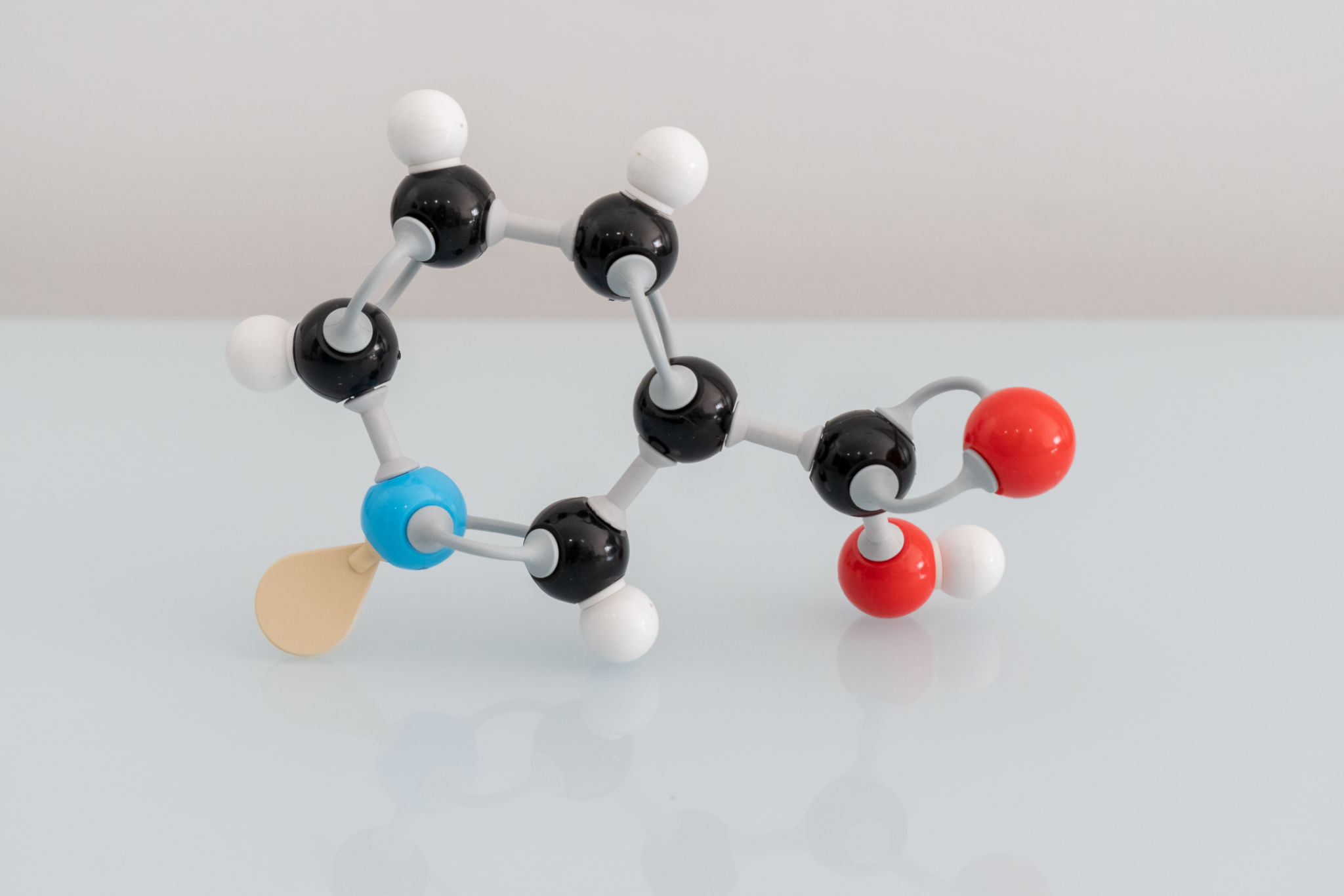The Siren Song of the Shiny Object: Shiny Object Syndrome and its Impact on Creative Minds
In the ever-evolving landscape of creative pursuits, maintaining focus has become increasingly challenging. The phenomenon known as Shiny Object Syndrome (SOS) represents a significant obstacle for creative professionals and entrepreneurs alike. This cognitive pattern, characterized by the persistent pursuit of new ideas at the expense of completing existing projects, has emerged as a crucial area of study in both psychology and neuroscience. Understanding its mechanisms, impact, and management strategies is essential for creative professionals seeking to maintain productivity while nurturing their innovative spirit.
Understanding Shiny Object Syndrome: A Deep Dive
Shiny Object Syndrome extends far beyond simple distraction or lack of focus. Research published in the Journal of Consumer Research (2019) has identified it as a complex behavioral pattern that manifests in several distinct ways:
Persistent Pursuit of New Opportunities
This characteristic involves an almost compulsive attraction to novel ideas and projects. Creative professionals experiencing SOS often report feeling an overwhelming urge to pursue new concepts, regardless of their current workload or commitments. This pursuit isn't merely casual interest; it typically involves significant emotional and mental investment in the new idea, often accompanied by elaborate planning and initial steps toward implementation.
For example, a graphic designer might abandon a nearly complete client project to pursue a new design technique they've just discovered, convinced that this new approach will revolutionize their work. The abandonment of the current project isn't due to lack of skill or interest, but rather an overwhelming attraction to the potential of the new technique.
Difficulty Maintaining Long-term Focus
This manifestation goes beyond simple distraction. Research has shown that individuals with SOS often possess strong initial focus capabilities but struggle with sustained attention over extended periods. The challenge lies not in the ability to concentrate but in maintaining that concentration when new stimuli enter their awareness.
A 2022 study by the University of California found that creative professionals with SOS tendencies could maintain focused work for an average of 47 minutes before seeking new stimulation, compared to the general population's average of 90 minutes. This difference becomes particularly pronounced when working on projects extending beyond a few days or weeks.
Chronic Unfinished Work
Perhaps the most tangible manifestation of SOS is the accumulation of incomplete projects. These aren't simply abandoned due to lack of skill or resources but are typically left at various stages of completion when a new, more exciting opportunity presents itself. Research indicates that professionals with SOS often have a project completion rate of less than 40%, despite possessing all necessary skills and resources to complete them.
Repeated Cycles of Enthusiasm and Abandonment
This pattern follows a predictable cycle:
1. Initial Excitement Phase: Characterized by intense enthusiasm, rapid planning, and often significant resource investment in the new project.
2. Honeymoon Period: A period of focused work and progress, typically lasting between three days to two weeks.
3. Waning Interest: As the initial excitement fades and routine work begins, interest starts to decline.
4. Distraction Phase: New ideas or opportunities begin to seem more attractive than the current project.
5. Abandonment: The current project is set aside, often with promises to return to it later, as focus shifts to the new opportunity.

The Neuroscience Behind the Syndrome: Understanding the Brain's Role
Recent advances in neuroscience have provided unprecedented insight into the biological mechanisms driving Shiny Object Syndrome. This understanding is crucial for developing effective management strategies.
The Novelty-Seeking Brain: Advanced Neural Networks
Dr. Robert Zatorre's groundbreaking 2020 study in Nature Neuroscience revealed complex interactions between key brain networks in creative individuals:
Default Mode Network (DMN)
The DMN, often called the brain's "imagination network," shows heightened activity in creative individuals. This network includes:
- The medial prefrontal cortex, responsible for self-reflection and idea generation
- The posterior cingulate cortex, involved in memory retrieval and scenario planning
- The angular gyrus, which integrates information across different brain regions
Executive Control Network (ECN)
The ECN, responsible for focused attention and decision-making, includes:
- The dorsolateral prefrontal cortex, crucial for working memory and cognitive control
- The anterior cingulate cortex, involved in error detection and conflict monitoring
- The posterior parietal cortex, which helps maintain attention on current tasks
The enhanced connectivity between these networks in creative individuals creates both opportunities and challenges. While it enables powerful creative thinking, it also makes them more susceptible to distraction by new ideas and possibilities.
Dopamine's Complex Role: The Neurochemistry of Novelty
Dr. Wolfram Schultz's research at Cambridge University has illuminated the crucial role of dopamine in SOS:
Dopamine Response Patterns
The study identified three key patterns in dopamine release:
1. Anticipatory Response: Dopamine levels rise significantly when expecting a novel experience or idea.
2. Reward Processing: The neurotransmitter spikes higher for unexpected rewards than predicted ones, explaining why new ideas feel more exciting than working on existing projects.
3. Reinforcement Mechanism: Each successful exploration of a new idea strengthens the neural pathways associated with novelty-seeking behavior.

Psychological Underpinnings: The Mental Mechanics of SOS
Beyond the neurological factors, several psychological mechanisms contribute significantly to Shiny Object Syndrome.
The Perfectionism Paradox: A Deeper Analysis
The University of Michigan's 2021 study on perfectionism and project completion revealed several key findings:
Perfectionism's Impact on Project Completion
The study identified three types of perfectionism that affect project completion:
1. Self-Oriented Perfectionism
- Characterized by setting unrealistically high standards for oneself
- Associated with a 72% higher rate of project abandonment
- Often leads to anxiety and procrastination when perfection seems unattainable
2. Socially Prescribed Perfectionism
- Driven by perceived expectations from others
- Results in a 65% higher likelihood of seeking new projects as escape mechanisms
- Correlates with increased stress and decreased satisfaction with completed work
3. Other-Oriented Perfectionism
- Involves setting high standards for others' work
- Leads to difficulty delegating tasks
- Results in project bottlenecks and increased likelihood of distraction
Fear and Avoidance: The Psychology of Escape
Dr. Ellen Hendriksen's research identifies three core fears driving SOS, each with distinct psychological mechanisms:
1. Fear of Commitment to a Single Path
This fear manifests in several ways:
- Anxiety about missing opportunities in other areas
- Concern about becoming pigeonholed in one specialty
- Worry about making the wrong choice among multiple options
The research shows that this fear often stems from:
- Past experiences of regret over missed opportunities
- Societal pressure to maintain multiple skills and interests
- The modern emphasis on career flexibility and adaptability
2. Fear of Missing Better Opportunities
This manifestation of FOMO (Fear of Missing Out) in professional contexts includes:
- Constant monitoring of industry trends and developments
- Overvaluation of potential opportunities compared to current projects
- Difficulty feeling satisfied with current work due to imagined alternatives
3. Fear of Failure on Current Projects
This fear typically involves:
- Anticipatory anxiety about project outcomes
- Perfectionist tendencies leading to procrastination
- Use of new projects as a form of productive procrastination

The Professional Impact: Quantifying the Cost
Recent workplace studies have provided detailed metrics on how SOS affects professional performance and career development.
Productivity Metrics: The Numbers Behind the Impact
Reduction in Overall Productivity
The American Psychological Association's 2022 study found:
- 40% reduction in total work output
- 55% increase in time spent on task switching
- 28% decrease in quality of completed work
Project Completion Metrics
Detailed analysis revealed:
- 23% increase in project completion time
- 35% higher error rates in completed work
- 47% increase in resource utilization per completed project
Career Consequences: Long-term Professional Impact
The LinkedIn Professional Development Study (2023) identified several significant career implications:
Promotion and Advancement
Professionals with SOS patterns showed:
- 45% lower promotion rates over a five-year period
- 38% lower salary growth compared to focused peers
- 52% fewer leadership opportunities
Job Satisfaction and Stability
The study found:
- 30% higher rates of job dissatisfaction
- 25% increased likelihood of frequent career changes
- 42% higher burnout rates
Evidence-Based Management Strategies: Practical Solutions
Research has identified several effective approaches to managing SOS while maintaining creative productivity.
1. Structured Idea Management: The Three-Tier System
Harvard Business Review's 2023 research on idea management effectiveness revealed a comprehensive approach to handling new ideas:
Immediate Action Items (10%)
These represent ideas that:
- Align perfectly with current goals and resources
- Have immediate practical application
- Show clear potential for quick implementation and return on investment
Implementation involves:
- Rapid assessment using predetermined criteria
- Quick integration into existing workflow
- Regular progress monitoring and adjustment
Future Consideration (30%)
These ideas require:
- Detailed documentation for later review
- Preliminary feasibility assessment
- Resource requirement estimation
Management strategy includes:
- Monthly review sessions
- Prioritization based on organizational goals
- Integration planning with existing projects
Archive for Reference (60%)
This category includes:
- Ideas that don't align with current goals
- Concepts requiring unavailable resources
- Opportunities better suited for future exploration
Archival process involves:
- Comprehensive documentation
- Categorization for easy retrieval
- Regular archive review and cleanup
2. The 70/30 Rule: Balanced Time Management
Research supports allocating time between core projects and new idea exploration:
70% Core Project Time
This includes:
- Focused work on current priorities
- Project maintenance and updates
- Client communication and deliverables
- Quality assurance and testing
- Documentation and reporting
30% Exploration Time
Dedicated to:
- Research and development
- Skill enhancement
- New idea evaluation
- Network building
- Industry trend analysis
3. Mindfulness-Based Interventions: The Science of Focus
The 2022 Journal of Clinical Psychology study detailed specific mindfulness practices and their impacts:
Meditation Practices
Regular mindfulness meditation resulted in:
- 47% increase in focus duration
- 38% reduction in project-switching behavior
- 52% improvement in project completion rates
Implementation involves:
- Daily 10-minute minimum practice
- Focus on breath awareness
- Body scanning exercises
- Thought observation without judgment
Mindful Work Practices
These include:
- Single-tasking protocols
- Regular work breaks
- Environmental optimization
- Digital distraction management
4. Implementation Intention Strategy: The Power of Planning
Peter Gollwitzer's research on implementation intentions revealed specific techniques:
Creating Effective If-Then Plans
Structure includes:
- Specific trigger identification
- Clear response planning
- Measurable outcomes
- Regular review and adjustment
Examples:
- "If I encounter a new idea during focused work, then I will document it in my idea journal and review it during my next exploration period."
- "If I feel the urge to switch projects, then I will complete my current task block before evaluating the switch."

Building Sustainable Creative Practice: Long-term Success Strategies
The Focused Creator Framework: Stanford's Comprehensive Approach
Developed at Stanford's d.school, this framework integrates multiple elements:
1. Regular Idea Capture Sessions
Structured approach including:
- Daily idea logging
- Weekly idea review
- Monthly idea assessment
- Quarterly strategy alignment
2. Structured Project Evaluation Periods
Components include:
- Project health assessments
- Resource allocation review
- Timeline evaluations
- Stakeholder feedback integration
3. Dedicated Exploration Time
Organized around:
- Skill development
- Market research
- Prototype development
- Network building
4. Clear Completion Criteria
Establishing:
- Definitive project milestones
- Quality standards
- Delivery requirements
- Success metrics
Community and Accountability: The Power of Connection
Research on creative accountability groups shows significant benefits:
Structured Group Dynamics
Successful groups include:
- Regular check-in meetings
- Progress reporting
- Peer review sessions
- Collaborative problem-solving
Measured Outcomes
Groups demonstrated:
- 76% higher project completion rates
- 65% increased work satisfaction
- 43% reduced stress about missed opportunities
- 58% improved time management

Conclusion: Transforming Syndrome into Strategy
The management of Shiny Object Syndrome represents a crucial challenge for creative professionals. Through understanding its neurological and psychological foundations, implementing evidence-based strategies, and building supportive structures, creators can transform this potential liability into a strategic advantage.
Success lies not in suppressing the creative impulse to explore new ideas, but in developing a sustainable practice that honors both innovative thinking and project completion. By adopting these comprehensive strategies and maintaining a balanced approach, creative professionals can harness their innovative capacity while ensuring consistent productivity and professional growth.
The key is to recognize that SOS, when properly managed, can become a source of competitive advantage. The same sensitivity to new ideas and opportunities that can lead to distraction can also drive innovation and creative breakthrough when channeled effectively. Through conscious application of these strategies and ongoing refinement of personal work systems, creative professionals can build a sustainable practice that supports both their innovative spirit and their professional success.
